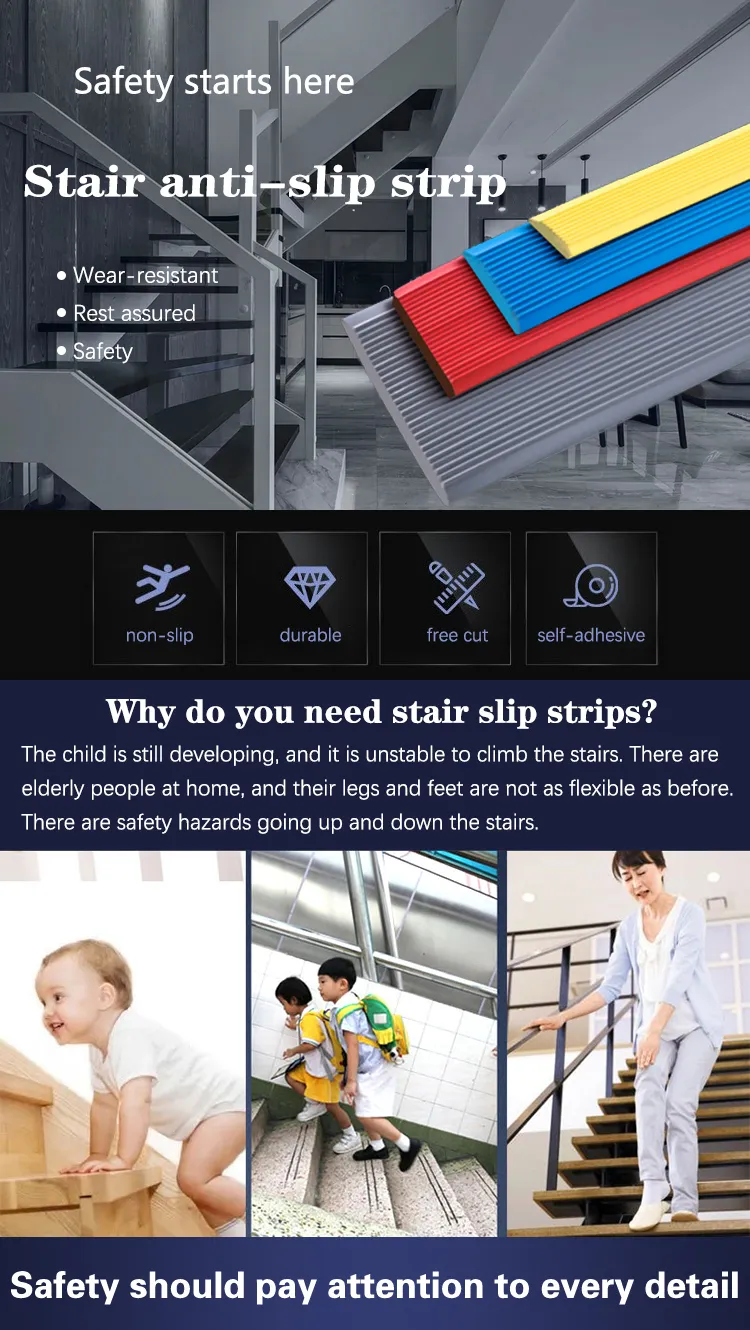Automotive Weather Seals for Enhanced Protection and Durability in Vehicles
Understanding Automotive Weather Stripping Importance, Types, and Maintenance
Weather stripping is an essential component of any vehicle, serving as a protective barrier against the elements. In essence, weather stripping refers to the material that seals the gaps between doors, windows, and other openings to prevent water, air, and debris from entering the vehicle's interior. This article delves into the importance of automotive weather stripping, the various types available, and maintenance tips to ensure its longevity.
Importance of Weather Stripping
The primary function of weather stripping is to protect the vehicle's interior from external elements. When properly installed, it prevents rain, snow, and wind from infiltrating the cabin, which can lead to significant problems such as mold growth, rust, and increased wear and tear on interior components. Additionally, weather stripping plays a key role in enhancing climate control within the vehicle. It helps maintain the desired temperature by reducing the workload on the heating and cooling systems, thus increasing fuel efficiency.
Furthermore, weather stripping contributes to noise reduction by minimizing external sounds that can seep into the cabin. This is particularly important for drivers seeking a quiet and comfortable ride. In essence, weather stripping is vital not only for protecting the vehicle's integrity but also for enhancing the overall driving experience.
Types of Weather Stripping
There are several types of weather stripping materials, each designed to cater to specific needs
1. Rubber Weather Stripping This is the most common type used in vehicles. Rubber is durable and resistant to wear and tear, making it ideal for areas that experience high activity, such as doors and windows. It is effective at providing a tight seal against water and wind.
2. Felt Weather Stripping Felt is typically used in areas that do not require a watertight seal, such as the trunk. Though not as durable as rubber, it can provide sound insulation and is generally more affordable.
3. Vinyl Weather Stripping This material is often used for sliding windows and doors. Vinyl is flexible and resistant to various weather conditions, making it an excellent choice for areas exposed to the elements regularly.
4. Foam Weather Stripping Made from compressed foam, this type is easy to install and is often used for smaller gaps where a tight seal is necessary. Foam can be adhesive-backed, allowing for quick and simple application.
automotive weather stripping

5. Metal Weather Stripping Though less common, metal strips can be used in certain applications to provide a durable seal. They are often found in older vehicles or specialized applications, providing a rigid barrier against the elements.
Maintenance of Weather Stripping
To ensure that weather stripping remains effective, regular maintenance is essential. Here are some tips to prolong its lifespan
1. Regular Inspection Periodically check the weather stripping for signs of wear or damage. Look for cracks, tears, or areas where the material has pulled away from the vehicle. Early detection of issues can prevent more significant problems down the line.
2. Clean the Surface Dirt, debris, and grime can accumulate on weather stripping, creating a less effective seal. Regularly clean the surfaces using a mild soap and water solution to keep them clear.
3. Condition the Material For rubber weather stripping, applying a rubber conditioner can help maintain flexibility and prevent cracking. This is particularly important in climates with extreme temperature fluctuations.
4. Reposition or Replace If weather stripping becomes loose or misaligned, it may be possible to reposition it. In cases of severe damage, replacement may be necessary. Ensure you choose the right type of weather stripping for your vehicle’s specific needs.
5. Pay Attention to Environmental Factors Exposure to extreme weather conditions can wear down weather stripping more quickly. Whenever possible, park your vehicle in a garage or shaded area to minimize this exposure.
Conclusion
Automotive weather stripping may seem like a minor component, but its role in maintaining vehicle integrity and comfort is significant. Understanding its importance, recognizing the different types, and implementing proper maintenance practices can enhance the lifespan of this essential component and improve the overall driving experience. By investing a little time and effort into caring for your weather stripping, you can protect your vehicle from the elements and ensure a more enjoyable ride.
-
Under Door Draught Stopper: Essential ProtectionNewsJul.31,2025
-
Garage Door Seal and Weatherstrips for ProtectionNewsJul.31,2025
-
Edge Banding Tape for Perfect EdgesNewsJul.31,2025
-
Table Corner Guards and Wall Corner ProtectorsNewsJul.31,2025
-
Stair Nose Edging Trim and Tile Stair SolutionsNewsJul.31,2025
-
Truck Bed Rubber Mats for Pickup BedsNewsJul.31,2025
-
Window Weather Stripping for Noise ReductionNewsJul.29,2025